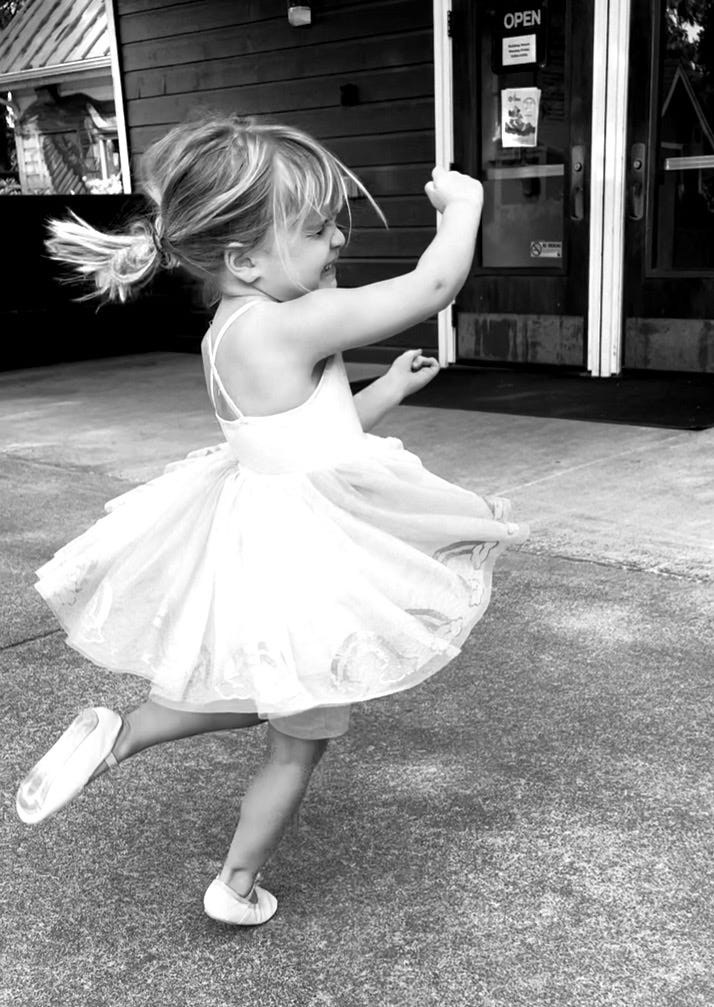What does it mean to be known?
To know my coffee order?
Middle name?
The way I tuck my hands under my chin and curl up on my right side when I fall asleep?
To know my favorite book from childhood?
Is it knowing where I go during breaks at work?
Or which was my favorite childhood vacation?
Is it knowing what I worry about when I can’t sleep at night?
Which parts of a person can actually be known?
As an adult, I see my childhood from a unique perspective. It’s like a silent film with lots of static. Or maybe one of those flip books where you quickly pull the pages back to let the drawings move. Or possibly, it’s like watching stop motion claymation full of fits and starts. The greens are a little too blue and the pinks are not quite pink enough. Everything is faded like plastic left too long in the sun. The voices are confusing garble like Charlie Brown’s teachers, or muffled like my ears are full of cotton.
Just as the colors of my childhood memories are faded and distorted, so too can be the task of truly knowing another person.
The mall in our town has a large astroturf oval in front of the entrance with blocks around it that act as benches. Speakers pump loud music greeting the shoppers entering the mall that is almost as bustling as it was in the 90s. It’s a real novelty.
Last week, we took our kids to the candy store as a treat for successful haircuts. As we were leaving, the song “Pink Pony Club” started blasting from the speakers. Maeve and I grabbed hands and had to dance and sing the song—twirling in the astroturf. Our own “Pink Pony Club” dance party. Her little hands squeezed mine, and her eyes sparkled with delight.
If you knew me, you’d know that was the highlight of my week. The stress of work and money and chores melt away when you dance with a 4-year-old to her favorite song.
I wondered, as I watched Maeve twirl, which of my own childhood moments shaped me most. Was it family vacations? The movies I watched? My relationships with my siblings? The sticky summer afternoons checking out books at the library?
There are brief moments when it becomes clear that we are creating our children’s childhood. Which moments will stand out to them? Will it be vacations? Their childhood bedroom? Their teachers at school? The chores we asked them to do? Will it be “Pink Pony Club” dance parties?
Ultimately, to be known is not a matter of cataloging facts, but of being present in the moments that define a life. It's not the rote memorization of a coffee order or a middle name, but the shared joy of a spontaneous dance party on astroturf, the understanding that the weight of the world can be lifted momentarily. To be known, then, is to witness these moments, not as a passive observer, but as a participant in the imperfect story of a life. Perhaps being known is not a list of facts, but a collection of shared dances.




